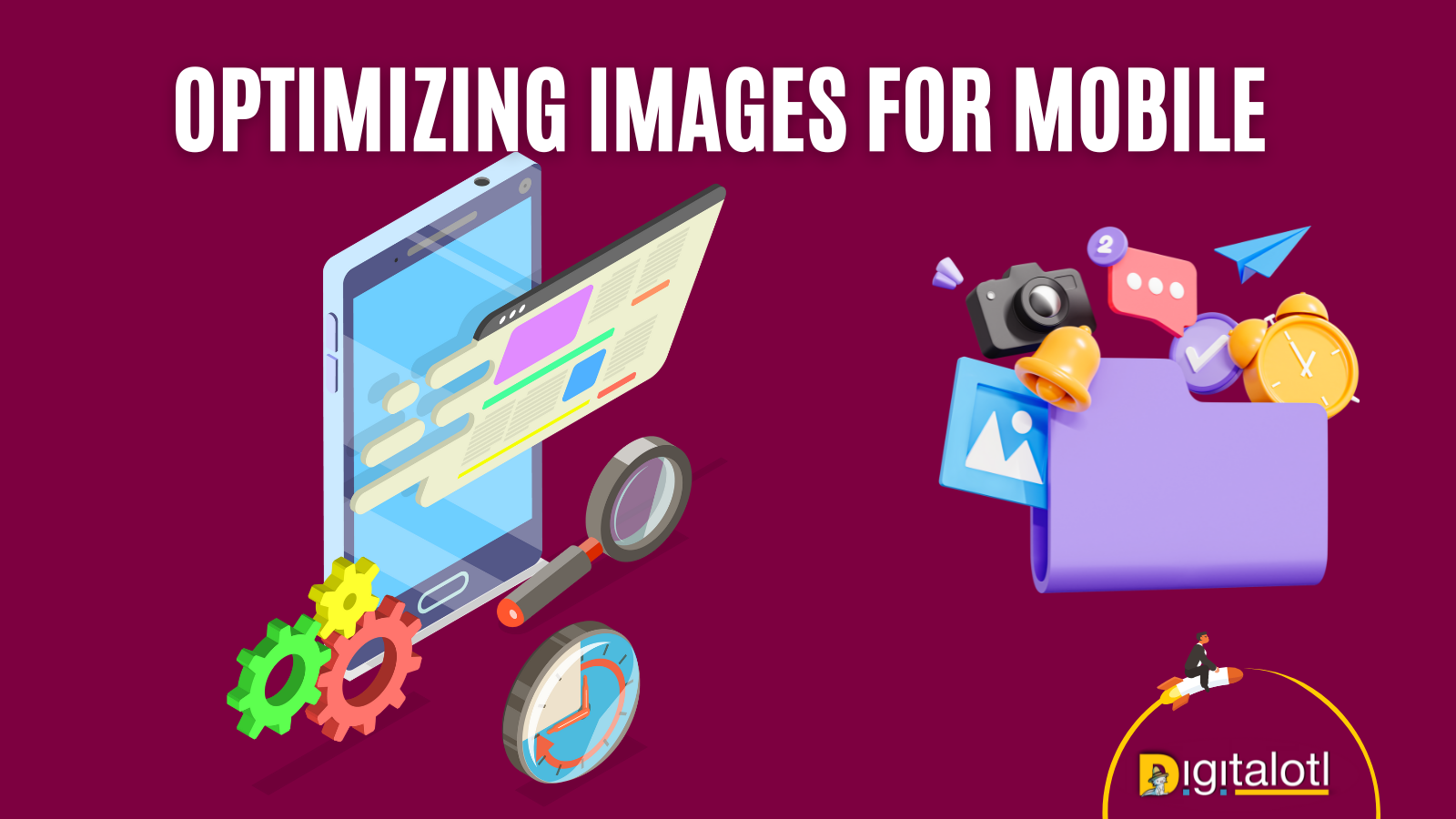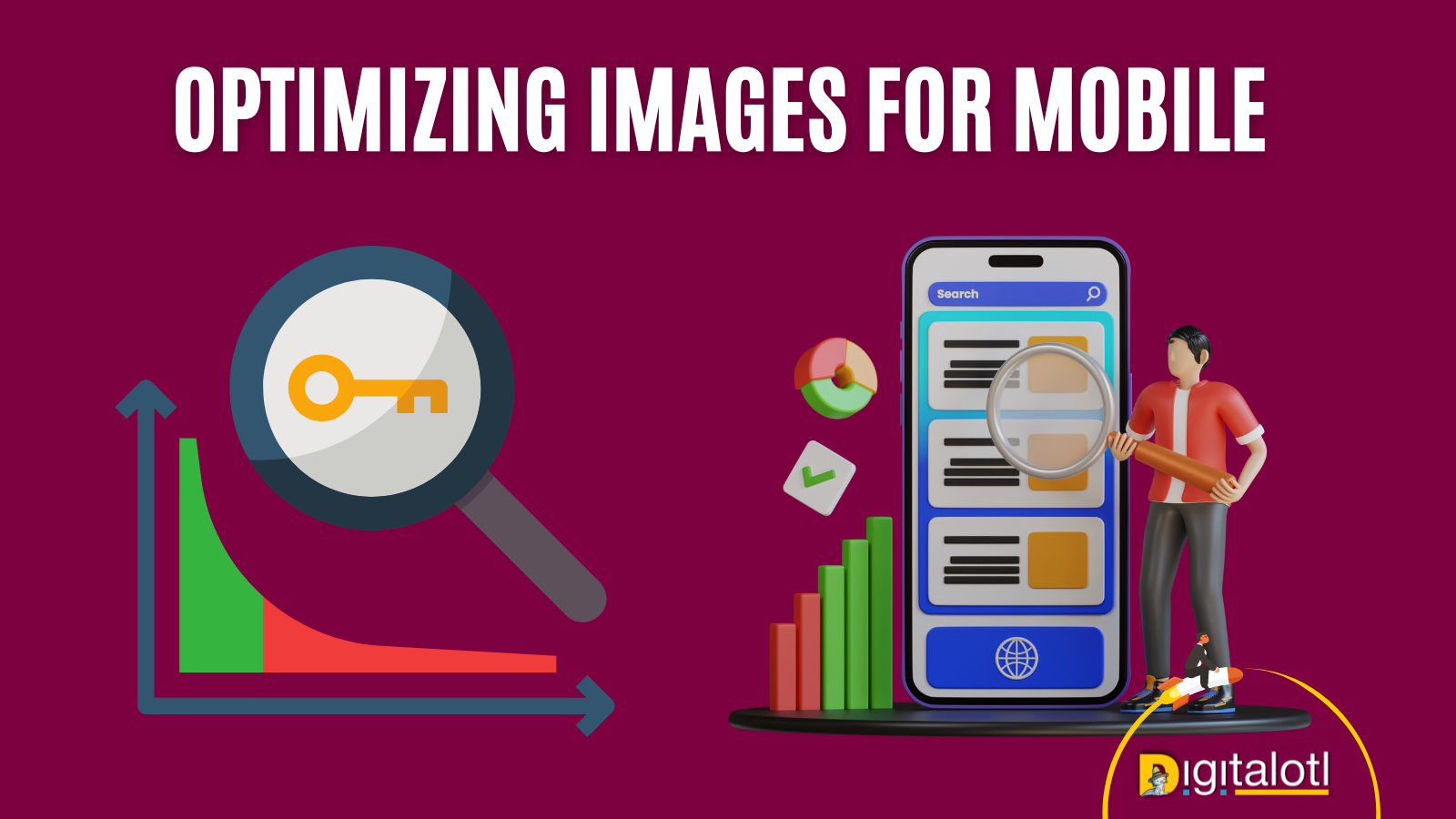Mobile devices have become an integral part of our lives, and their usage for browsing the internet has increased significantly in recent years. As a website owner or digital marketer, it is crucial to optimize your website for mobile users to ensure a seamless browsing experience. Within the confines of this article, we shall delve into the significance of mobile SEO and furnish you with actionable suggestions to enhance the mobile optimization of your website, ensuring a seamless experience for mobile users.
Table of contents
- Introduction to Mobile SEO
- Mobile-First Indexing
- Responsive Web Design
- Fast Page Load Speed
- Mobile-Friendly Content
- Optimizing Images for Mobile
- Streamlined Navigation
- Voice Search Optimization
- Local SEO for Mobile
- User Experience and Engagement
- Social Media Integration
- Mobile Analytics and Tracking
- Mobile SEO Best Practices
- Testing and Optimization
- Conclusion
- Frequently Asked Questions (FAQs)
Related Article For You: SEO Trends to Watch Out for in 2023 Must Read.
Introduction to Mobile SEO
Mobile SEO refers to the process of optimizing a website to deliver a smooth and user-friendly experience on mobile devices. With the increasing number of mobile users, search engines like Google have recognized the need to prioritize mobile-friendly websites in their search results. Therefore, having a mobile-optimized website is not only essential for user experience but also for search engine visibility.
Mobile-First Indexing

Google introduced mobile-first indexing, which means the search engine primarily uses the mobile version of a website for indexing and ranking. This shift emphasizes the significance of mobile optimization. When your website is mobile-friendly, it is more likely to rank higher in search engine results pages (SERPs) and attract organic traffic from mobile users.
Responsive Web Design
Responsive web design or landing page is a key aspect of mobile optimization. It involves creating a website that adapts to different screen sizes and resolutions, providing an optimal viewing experience across various devices. A responsive website adjusts its layout and content to fit smartphones, tablets, and desktop computers seamlessly.
Fast Page Load Speed
Mobile users expect instant access to information and have little patience for slow-loading websites. To enhance user experience and improve your mobile SEO, optimize your website for fast page load speed. Minimize file sizes, leverage browser caching, and eliminate unnecessary elements that could slow down your website.
Mobile-Friendly Content
When creating content for mobile users, it’s essential to keep it concise, easily readable, and scannable. Break long paragraphs into shorter ones, use bullet points and subheadings to organize information, and make sure the font size is legible on smaller screens. Mobile-friendly content not only enhances the user experience but also increases the chances of higher engagement and shareability.
Optimizing Images for Mobile

Engaging users and effectively conveying information are primary functions that images fulfill on a website. Nevertheless, it is worth noting that the presence of large images can considerably impede the loading speed of your website, leading to potential user frustration. Optimize your images for mobile devices by compressing them without compromising quality. Additionally, use descriptive file names and alt tags to improve accessibility and search engine optimization.
Streamlined Navigation
Navigation is a critical element of user experience, especially on mobile devices with limited screen space. Simplify your website’s navigation by using clear menus, dropdowns, and a logical hierarchy. Implement a sticky menu that remains visible as users scroll, ensuring easy access to important pages. An intuitive and streamlined navigation structure reduces bounce rates and encourages visitors to explore your website further.
Voice Search Optimization
As virtual assistants and voice-enabled devices continue to gain prominence, the popularity of voice search has witnessed a significant surge in recent times. Optimize your website for voice search by incorporating long-tail keywords and natural language phrases in your content. Focus on providing concise answers to common questions and optimizing your website for featured snippets, as they often appear in voice search results.
Local SEO for Mobile
For businesses targeting local customers, optimizing for local SEO is crucial. To bolster your online presence, it is imperative to ensure that your website encompasses precise and current information pertaining to your business, encompassing essential details like your business name, physical address, and contact number (commonly referred to as NAP). List your business on online directories and utilize location-based keywords to improve your visibility in local search results.
User Experience and Engagement
User experience (UX) is a key factor in mobile SEO. Aim to provide a seamless and enjoyable browsing experience for your mobile visitors. Optimize your website’s layout, use clear call-to-action buttons, and minimize intrusive pop-ups or interstitials that may disrupt the user’s journey. Encourage engagement by enabling social sharing buttons and incorporating interactive elements like quizzes or polls.
Social Media Integration
Integrating social media into your mobile SEO strategy can amplify your website’s reach and visibility. Make it easy for users to share your content on social platforms by adding social sharing buttons. Additionally, maintain an active social media presence and engage with your audience to build brand awareness and drive traffic to your mobile-optimized website.
Mobile Analytics and Tracking
Monitoring and analyzing your website’s mobile performance is crucial for ongoing optimization. Utilize mobile analytics tools to gain insights into user behavior, traffic sources, and conversion rates. This data can help you identify areas for improvement and make informed decisions to enhance your mobile SEO strategy continually.
Mobile SEO Best Practices

To summarize, here are some best practices to optimize your website for mobile users:
- Prioritize mobile-friendly design with responsive web design.
- Optimize your website’s page load speed.
- Create mobile-friendly and scannable content.
- Compress and optimize images for mobile devices.
- Simplify navigation for easy user access.
- Optimize for voice search and local SEO.
- Enhance user experience and engagement.
- Integrate social media into your mobile SEO strategy.
- Utilize mobile analytics for data-driven optimization.
Testing and Optimization
Regularly test your website’s mobile performance across different devices and screen sizes. Use tools like Google’s Mobile-Friendly Test and Page Speed Insights to identify areas for improvement. Conduct user testing and gather feedback to understand the user experience and make necessary adjustments. Achieving optimization is not a one-time endeavor but rather an ongoing process that demands constant vigilance, meticulous monitoring, and diligent refinement to ensure sustained success.
Conclusion
In conclusion, optimizing your website for mobile users is essential in today’s digital landscape. By implementing mobile SEO best practices, such as responsive design, fast page load speed, mobile-friendly content, and streamlined navigation, you can provide a seamless browsing experience for your mobile visitors. Remember to continually monitor and refine your mobile SEO strategy to stay ahead of the competition and meet the evolving needs of mobile users.
In today’s digital landscape, optimizing your website for mobile users has transformed from being a discretionary choice to an indispensable necessity for businesses aiming to thrive and stay ahead of the competition. With the growing number of mobile internet users, neglecting mobile SEO can lead to missed opportunities and decreased visibility in search results. By following the best practices outlined in this article and staying up-to-date with mobile trends, you can create a mobile-friendly website that delivers an exceptional user experience and attracts organic traffic.
Frequently Asked Questions (FAQs)
Q1. Is mobile SEO different from traditional SEO?
Yes, mobile SEO focuses on optimizing websites specifically for mobile devices, considering factors like responsive design, page load speed, and mobile-friendly content.
Q2. Why is page load speed important for mobile SEO?
Mobile users expect fast-loading websites, and search engines prioritize websites that deliver a smooth browsing experience. Slow page load speed can lead to higher bounce rates and lower search rankings.
Q3. Can I ignore mobile SEO if my website is already responsive?
Responsive design is an essential aspect of mobile SEO, but it’s not the only factor to consider. Optimizing content, images, navigation, and user experience for mobile users is equally important.
Q4. How can I track the performance of my mobile website?
Utilize mobile analytics tools like Google Analytics and monitor metrics such as mobile traffic, bounce rates, conversion rates, and user behavior to gain insights and optimize your mobile SEO strategy.
Q5. Is mobile SEO only important for businesses with physical locations?
No, mobile SEO is relevant for all types of businesses, regardless of whether they have physical locations. With the increasing use of mobile devices for online browsing, optimizing for mobile is essential to reach and engage a broader audience.

